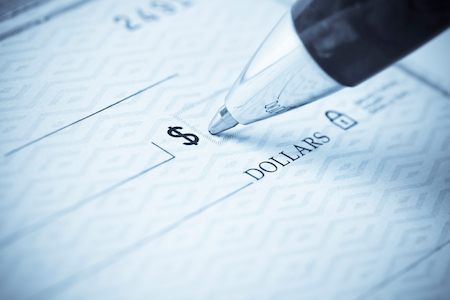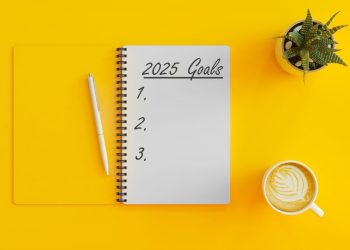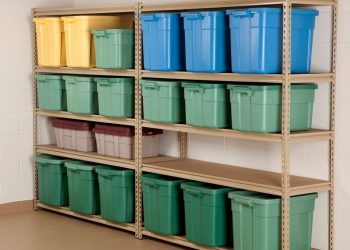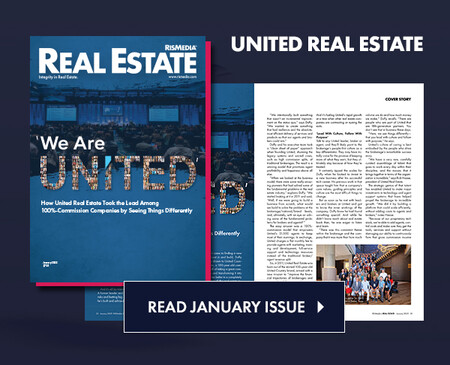The basic information on a check—name, address, bank account number and routing number—is enough for anyone who sees it to wire money out of that account.
Other types of check fraud, such as forgery, counterfeiting and closing accounts, are also possible if criminals steal a check or get information from one. But wiring money out of a checking account by having the account and routing number is the quickest way to steal money from a checking account.
Here are some ways to protect your checkbook from fraud:
- Store your checks, deposit slips, bank statements and canceled checks in a secured and locked location. Destroy them if you don’t need them for tax purposes. Never leave your checkbook in your car or out in the open.
- Reconcile your bank statement within 30 days of getting it and look for irregularities. Otherwise, you may be liable for check fraud losses.
- Don’t give out your account number to people you don’t know, especially over the phone and in unsolicited phone sales.
- Confirm the correct number of checks when you receive new ones in the mail. Report missing checks or a missing order to your bank in case they were stolen from your mailbox or lost during delivery.
- Limit the amount of personal information on your checks. Don’t include your Social Security, driver’s license or telephone numbers on checks. A criminal could use that information to steal your identity and apply for a credit card or open a checking account in your name.
- Don’t write your credit card number on your check, such as when paying a credit card bill.
- Never endorse a check until you’re ready to cash or deposit it.
- Make sure your checks have security features provided by your financial institution that help combat counterfeiting and alteration.
- If your home is burglarized, look closely at your checks to determine if any were stolen. Thieves may only steal one or two from the middle or back of a book of checks.
- Don’t leave blank spaces on the payee and amount lines.
- Write fewer checks. If you write a check at a store, you’re leaving behind your name, address, phone number, bank name and address, bank account number, routing number and your signature. The store clerk may write down your driver’s license number or date of birth on the check. Whoever sees that check at the store has enough information to withdraw money from your bank account. Use cash or cards to pay someone who fixes something at your house or sells you something at your front door.











